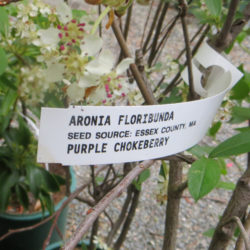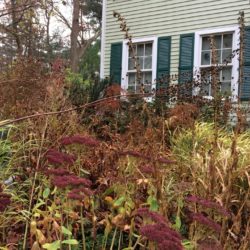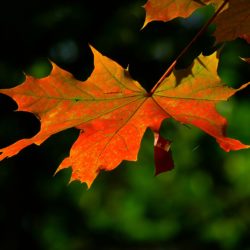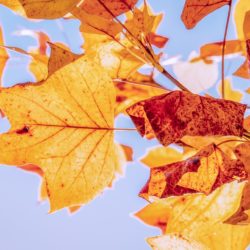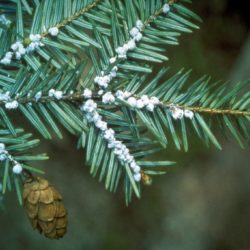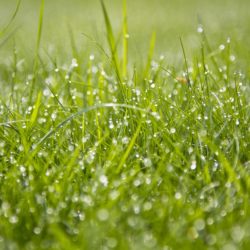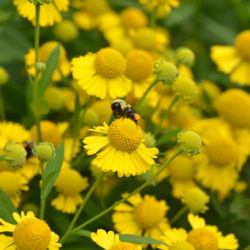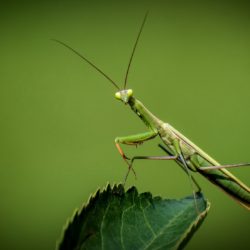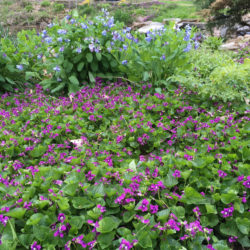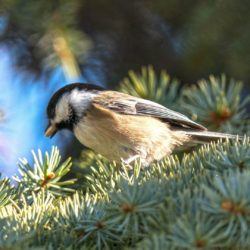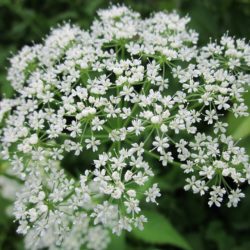Landscape clients and home gardeners are increasingly interested in native plants, but are all native plants equally beneficial in the landscape? “Local ecotype” native plants, those cultivated in environmental conditions similar to their local source, offer certain advantages. What is your interest in local ecotype plants?
Eco-Answers from the Pros: How Clean Should Fall Cleanup Be?
As I begin fall cleanup in my gardens, what are your recommendations? Should I clean beds off, cutting foliage and remaining seed heads off? Are there some plants best cut off and others that are good to leave until spring? Also, should I remove leaves entirely from the ground around plants? I didn’t get all the leaves removed from beds last year and had a lot of damage to plant roots from either voles or moles.
Gleanings from Headline News – November 2019
We’ve scanned the media – in print and online – for items of interest to ELA’s ecologically focused audience.
ELA News – November 2019
Learn about upcoming programs and find out what’s happening within the organization.
Commonly Encountered Invertebrate Lawn and Garden Pests
by Bruce Wenning
There are many garden pests out there, but this paper describes several of the more commonly encountered pests in the garden and provides information about options for control.
Advances in Organic Weed and Pest Control – Fall Treatments
by Joe Magazzi
Get the latest on organic treatments for lawns in autumn. No aspects of organics have come further along in the last couple of years than organic weed and pest control – with major advances in technology and knowledge available to growers, designers, and applicators.
Getting the Buzz from Pollinators in Mt. Cuba Center’s Trial Garden
by Sam Hoadley
Mt. Cuba Center’s mission is to inspire an appreciation for the beauty of native plants and a commitment to the native habitats that protect them. Over the past several years the Mt. Cuba Center Trial Garden has become an influencer to the nursery industry and to native plant enthusiasts. Learn about their trials, designed to identify the top performing species and cultivars within the genus that are best suited for the Mid-Atlantic region.
Pray for the Prey of the Praying Mantis
by Bud Reaves, Anne Arundel Forestry Board
Mantises are one of the most ferocious predators in the animal kingdom. Able to capture and kill prey much larger than themselves, they have adapted into efficient, ruthless hunters and are valuable in the control of insect pests; however, exotic mantises may do more harm than good where they become too numerous
Weed or Habitat?
Contributors: Leslie Duthie and Ellen Sousa
ELA invited a couple of members to identify the “weeds” they like to leave in the landscape for their habitat value.
A Chickadee’s Guide to Gardening: How to Create Habitat for Birds in Urban Settings
Conference Session Review by Melanie Kenney
As humans continue to shape and dominate the landscape, conservationists, land managers, homeowners, landscape professionals, and researchers need information about how wildlife interact with and make use of resources available in urban, suburban, and agricultural green spaces. Dr. Desirée Narango, Postdoctoral Researcher at the City University of New York, Visiting Researcher at the University of Massachusetts, Amherst, and Research Associate with the Smithsonian Migratory Bird Center, presented an exciting new set of research findings focusing on how songbirds navigate, feed, and reproduce in urban and suburban green spaces, using the Carolina chickadee (Poecile carolinensis) as a model insect-eater.
Eco-Answers from the Pros: Help with Bishop’s Weed
Help!! I have bishop’s weed all over my yard. I don’t use pesticides and I’m afraid to use vinegar because I don’t want to kill any surrounding plants. I live…
Gleanings from Headline News – October 2019
We’ve scanned the media – in print and online – for items of interest to ELA’s ecologically focused audience.

